The serval is a medium-sized wild cat found in Africa. The majority of their population is distributed across the southern Sahara region.
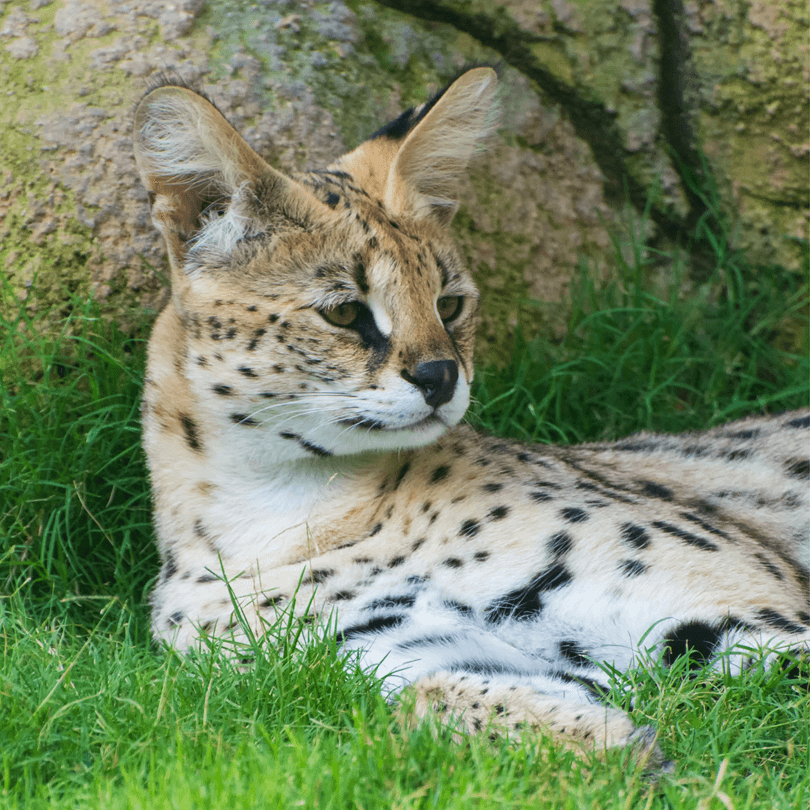
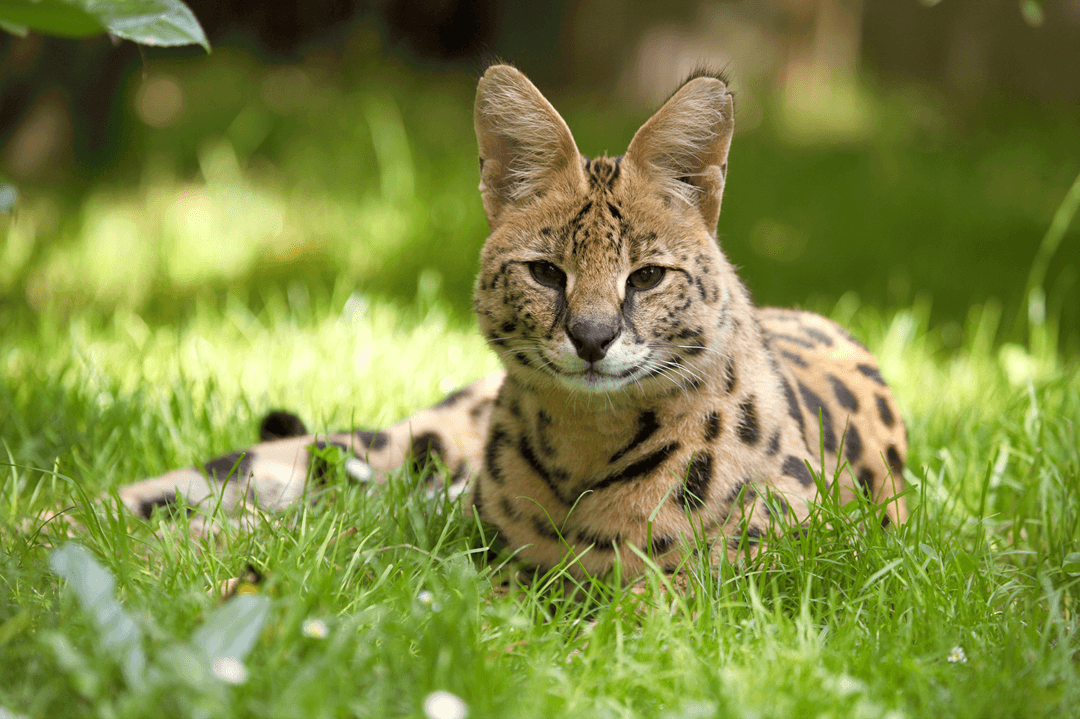
Scientific Name: Leptailurus serval
Conservation Status: Least Concern
As of 2017, there are 3 recognized subspecies:
- Leptailurus serval serval (Southern Africa)
- Leptailurus serval constantina (Central and West Africa)
- Leptailurus serval lipostictus (East Africa)
Lineage – The serval belongs to the Caracal lineage, along with two other species, the African golden cat and caracal.
Meaning of the name: The name “serval” is French from Portuguese (lobo) cerval “lynx,” from Latin Lupus cervarius – stag, wolf that hunts the stag. The genus name “Leptailurus” comes from the Greek word “leptos” meaning “fine, delicate” and “ailouros” meaning “cat.”
Servals like to inhabit areas where there is water
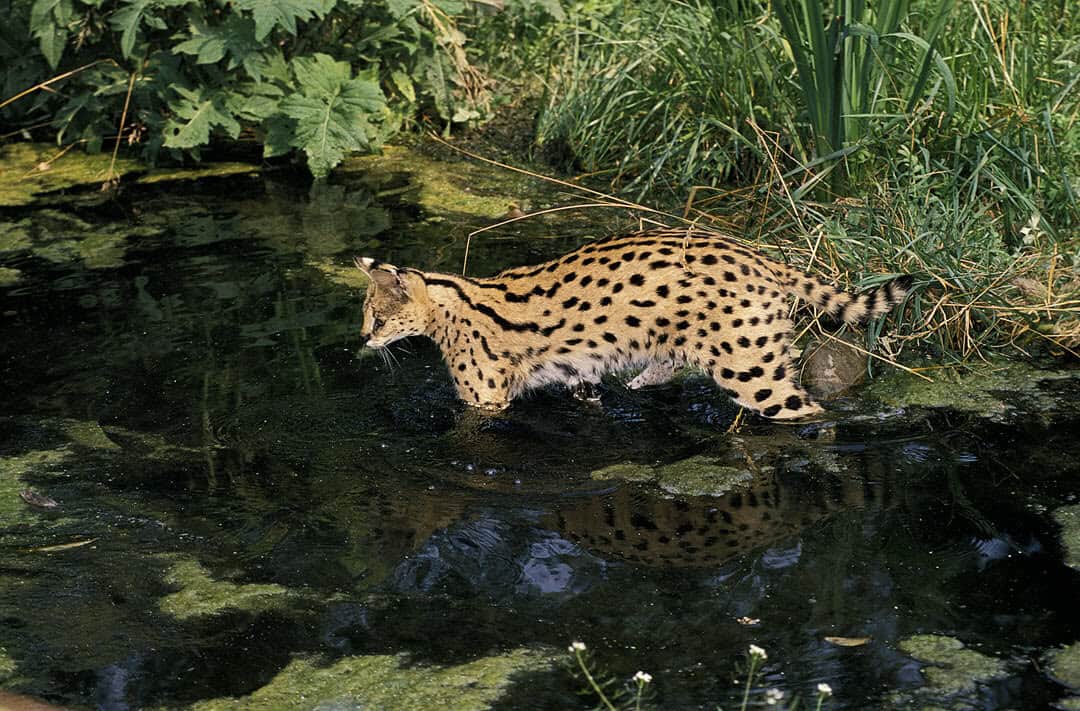
Interesting Serval Facts
- Compared to other wild cats, the serval has the longest legs relative to the size of its body
- A capable swimmer.
- Very skilled and successful hunter – kills 50% of its prey (more than lions).
- Can jump up to ten feet in the air to catch prey.
- Large ears – the largest ears of any cat compared to the size of its body.
- The first person to write about the serval was a German naturalist named JCD von Schreber in 1776.
- They can climb trees when they are being chased.
More about Servals
Physical appearance
The serval is a very slender cat. Males can reach 24 inches in shoulder height, 39 inches in length, and weigh up to 40 lbs. The cat has a small head with large ears. Its coat is striped and spotted. Servals also have extremely long legs with a black-tipped tail. The color of the cat’s fur can range from cream to golden yellow. The cat’s build resembles a cheetah, but the serval is much smaller.
| Serval | FROM | TO |
| Weight | 18 lbs. | 40 lbs. |
| Body Length | 26 in. | 39 in. |
| Tail Length | 7.9 in. | 15 in. |
Location and habitat of Servals
The serval inhabits North and South Africa at altitudes up to 12,500 feet. In North Africa, they are found in Morocco, and through a reintroduction project, they are found in Tunisia. Servals also inhabit cork oak forests near the Mediterranean Sea. Generally, they like to be by wetlands. Servals also like areas with tall grasses for cover. In addition, they can be found in grasslands and bamboo thickets.
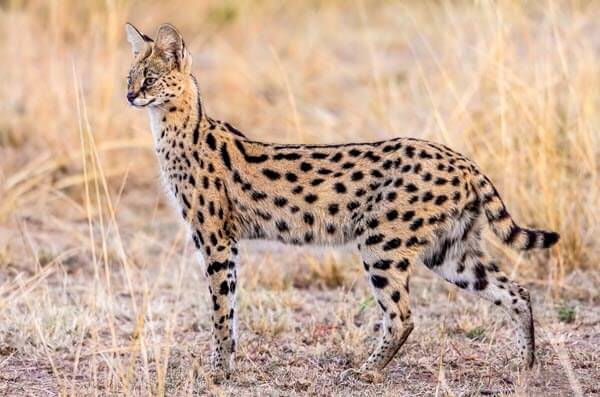
Serval behavior
Servals lead a solitary life. The serval is mostly active fro dawn to dusk. The serval’s activity depends on its locaton.
Hunting and prey
The serval is nocturnal and hunts its prey at night. They mainly prey on rodents but also eat birds, reptiles, insects, fish, and frogs when the opportunity for a kill arises. Servals can travel as much as 3 or 4 kilometers each night for food.
These small wild cats have the longest legs, relative to body size, of any cat. This allows them to jump and run up to 80 kilometers per hour with agility through the savannah grass. They jump like a fox – bouncing with stiff legs all four fet off the ground.
Not only can they dig underground in search of rodents, but they can also jump two to three meters in the air and snatch birds. They have a 50% success rate for catching prey, 20% more than a lion.
Reproduction and lifespan
A female’s gestation lasts from 66 to 77 days, and the litter contains one to four kittens. Females can have multiple litters each year and keep their kittens well hidden. Both males and females reach sexual maturity at around two years of age. Life expectancy in the wild is ten years, and up to 20 years in captivity.
Serval Conservation threats
Habitat loss is a significant threat to the serval. Their numbers have also declined due to poachers, although there has been a decline in the trading of their skins. Serval body parts are still used for medicine. Hunting servals is illegal in several countries, including Kenya, Congo, Morocco, Nigeria, Rwanda, Algeria, Botswana, Liberia, and Mozambique.
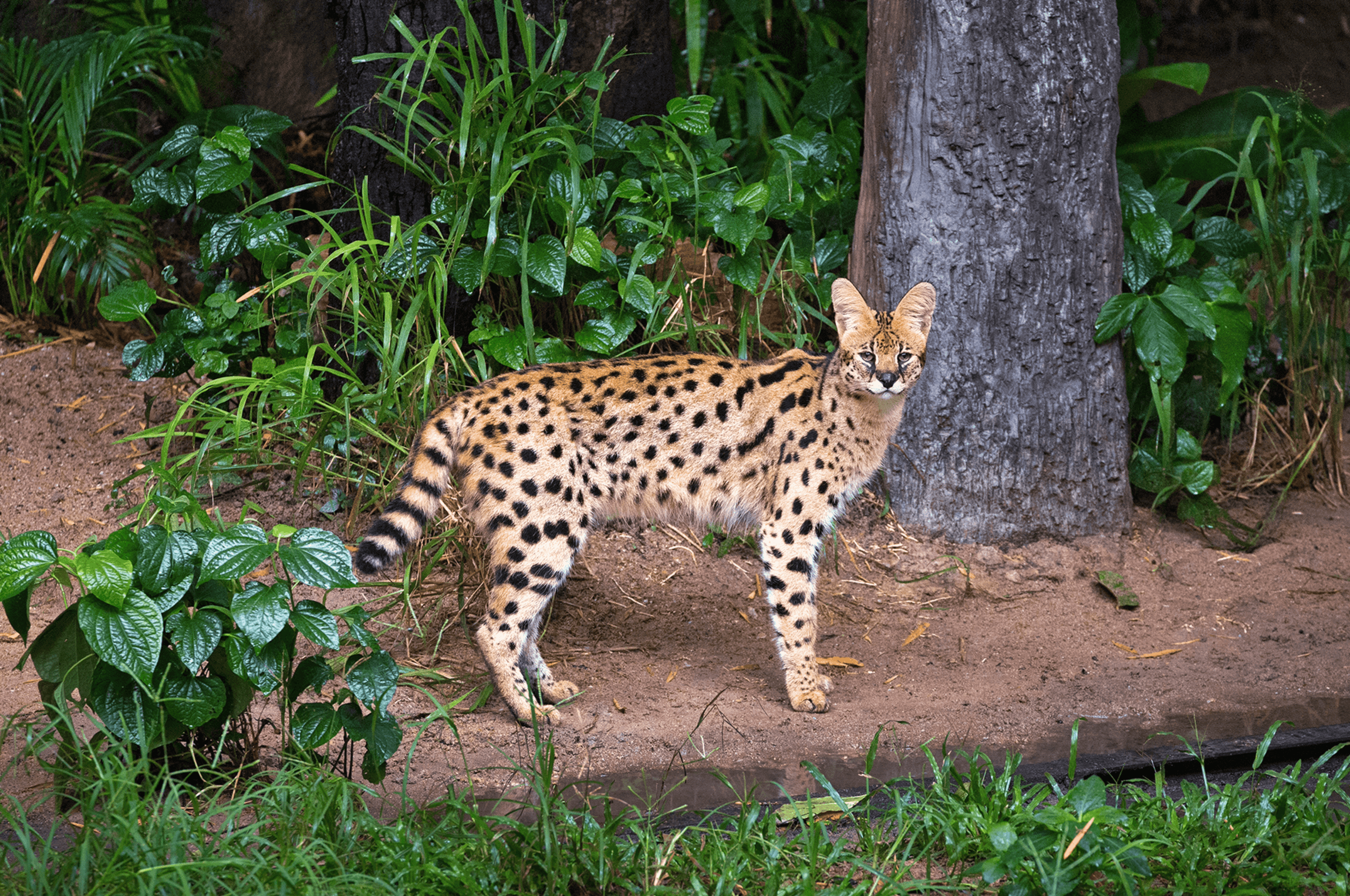
Servals in culture
Servals are depicted in Egyptian art, including the tombs of nobility and pharaohs. They were an exotic import from sub-Saharan Africa that was kept as pets. In ancient Egyps cats were considered demi-gods. The penalty for harming a cat was death.
The serval is also part of African folklore, appearing in an African fable of the Ndebele people, an ethnic group native to Southern Africa.
Serval references and quotes
2018 Population numbers, density and activity patterns of servals in savannah patches of Odzala-Kokoua National Park, Republic of Congo | Bohm, Hofer – “Serval males were largely nocturnal whereas females were mainly diurnal. Differences in activity patterns were likely related to the occurrence of spotted hyaenas…”

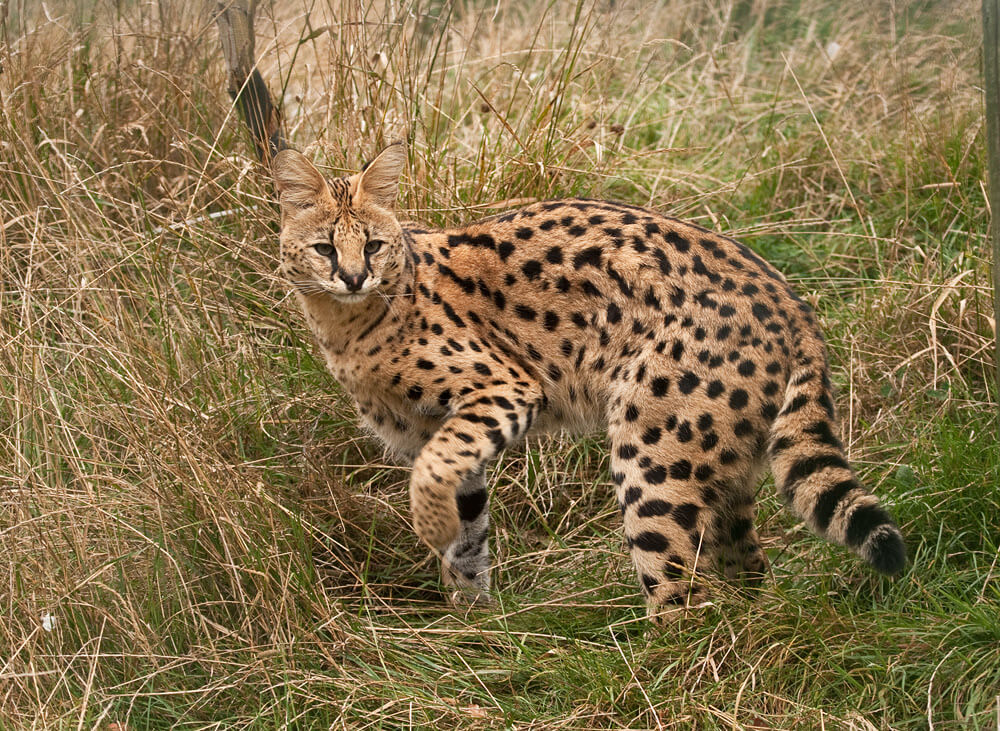


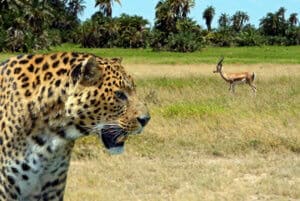



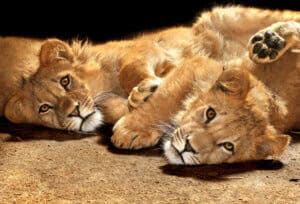




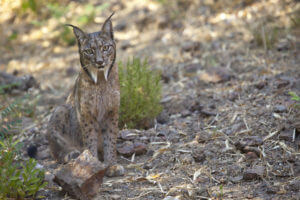




0 Comments